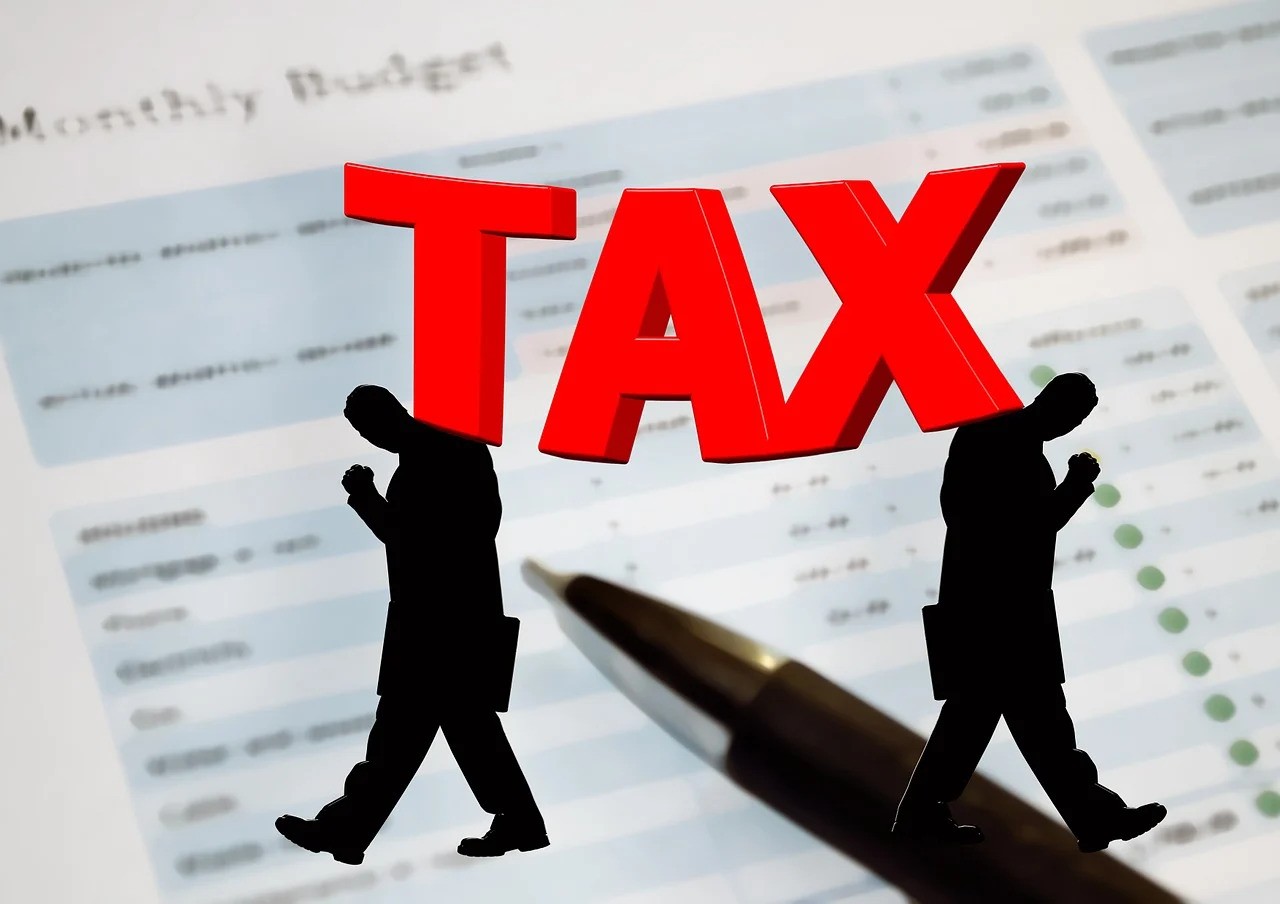Tax Considerations for Property Investors in Australia

Christian Stevens, Mortgage Broker
Published January 31, 2025, 2:10 p.m ET
Property investing can build serious wealth — but tax is a critical part of the equation. Understanding what you can (and can’t) claim, how investment income is taxed, and what structures might suit you best can mean the difference between profit and pain.
Here’s a practical overview of the key tax considerations every Australian property investor should know.
Share:

🔑 Key Facts
- Property investors can claim deductions on loan interest, maintenance, depreciation, and more — reducing their taxable income.
- The way your property is structured (ownership type, gearing, purpose) affects your tax position.
- Capital gains tax (CGT) applies when you sell an investment for a profit — but discounts may apply.
- Flint works alongside your accountant to ensure your loan structure supports long-term tax efficiency.
How Investment Property Income Is Taxed
Rental income is added to your assessable income and taxed at your marginal rate. This includes:
- Rent received from tenants
- Reimbursements (e.g. water, utilities)
- Insurance payouts for loss of rent
You must declare all income — even if the property is negatively geared or the rent is less than expenses.
Common Tax-Deductible Expenses
As a property investor, you can usually claim:
- Loan interest (not principal)
- Council rates and water charges
- Property management fees
- Repairs and maintenance (not improvements)
- Insurance (building and landlord)
- Depreciation (via a Quantity Surveyor report)
- Travel for inspections (if applicable under rules)
- Legal/accounting fees directly related to property management
Note: Upfront costs like stamp duty or conveyancing are not immediately deductible — they form part of your cost base for capital gains tax (CGT) later.
What About Negative Gearing?
Negative gearing occurs when your property expenses (including loan interest) exceed rental income. The loss can usually be claimed against your other income — reducing your overall tax bill.
This is especially beneficial for higher-income earners, but only works if you can manage the shortfall comfortably while holding for capital growth.
Capital Gains Tax (CGT)
When you sell an investment property for more than you paid (including purchase costs), the profit is subject to CGT. Key points:
- You receive a 50% discount on the gain if held >12 months
- CGT applies in the financial year the contract is signed (not settlement)
- Your cost base includes purchase and sale costs, plus certain improvements
Tip: Holding property in trusts or SMSFs changes how CGT is applied — speak to an accountant before buying.
Ownership Structures and Tax
The way you own your investment property affects both your tax and asset protection. Common structures include:
- Individual ownership: Simple, full control, but fully taxed at your personal rate.
- Joint ownership: Can split income for tax purposes but must match ownership percentage.
- Trust ownership: Offers flexibility and asset protection, but involves higher complexity and costs.
- SMSF ownership: Strict rules apply, but can offer long-term tax advantages.
📞 Need Help Structuring Your Investment Loans Tax-Efficiently?
At Flint, we work with your accountant or financial planner to:
- Structure your loans to maximise deductible interest
- Plan for long-term CGT outcomes and offset benefits
- Choose lender products that match your investment goals
Talk to Flint today and get finance advice that fits your strategy — and your tax position.
Recommended Articles

SMSF Property Loans
Downsizing with Confidence: Financial Tips for Over-50s
Aug 18, 2025

SMSF Property Loans
Unlocking Financial Potential for Senior Executives: Leverage...
Aug 18, 2025

SMSF Property Loans
The Essential Guide to Deposit Bonds: What Homebuyers and...
Aug 18, 2025
Monthly Newsletter
Subscribe and be the first to know about what’s happening in the market.
Contact Us Today
Learn more about how we can help you achieve your financial goals.
Don’t worry, there’s no commitment. Strategic guidance guaranteed.








